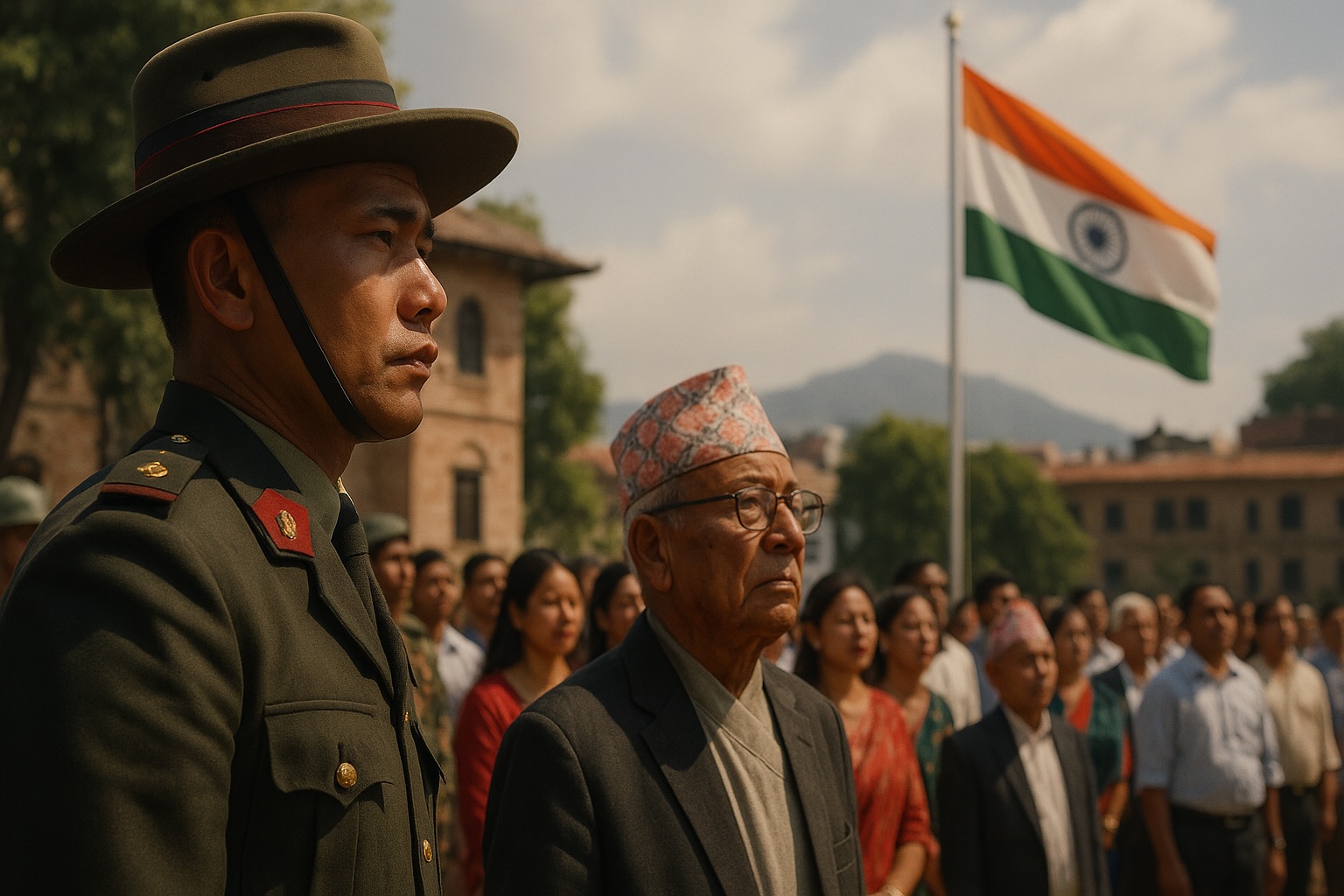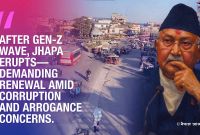Gurkha Blood in India’s Freedom Story — Forgotten by Nepal?

On 15 August 2025, as India marks its 79th Independence Day, the celebrations will again echo beyond its borders, resonating in the hills and plains of neighbouring Nepal. For more than seven decades, the story of India’s freedom and sovereignty has been interwoven with the courage, service, and sacrifice of Nepali people—particularly the legendary Gurkha soldiers, whose loyalty has spanned empires, ideologies, and eras of political change.
The roots of this connection lie deep in history. The Anglo-Nepalese War of 1814–1816, and the tenacious defence at Nalapani under Commander Balbhadra Kunwar, carved the Gurkhas’ reputation for unyielding bravery into military memory. This reputation, later acknowledged by the British, became the basis for Gurkha recruitment into colonial regiments—an arrangement that carried forward into the Indian Army after the subcontinent gained independence in 1947. The Tripartite Agreement between Britain, India, and Nepal that year formalised the division of Gurkha units, ensuring their continued role in India’s defence.
Since then, Nepali soldiers have been present in every major conflict faced by independent India: from the 1947–48 Kashmir war to the 1962 border conflict with China, and the 1965 and 1971 wars with Pakistan. Their service has been marked not just by battlefield tenacity, but by acts of discipline and humanity that have made them a symbol of trust within the Indian armed forces. Military historian accounts note that during moments of post-independence unrest, Nepali troops were also called upon to help stabilise sensitive regions—an understated but telling example of bilateral military solidarity.
The connection is not purely martial. India’s freedom movement, particularly in the 1930s and 1940s, inspired political activism among Nepali exiles and intellectuals, influencing the formation of the Nepali Congress and fuelling calls for democracy in Nepal. Educational exchanges, often facilitated by figures such as Prime Minister Chandra Shumsher in the early 20th century, exposed young Nepalis to the anti-colonial ferment in India. The “Roti-Beti” cultural relationship—rooted in intermarriage, shared languages, and cross-border trade—has given these ties an intimate, familial dimension that transcends strategic necessity.
In Kathmandu, the Indian Embassy’s annual Independence Day ceremony, attended by dignitaries from both sides, serves as a reminder that this is not merely India’s celebration. For many Nepalis, it is also an occasion to honour a legacy in which their forebears played a part, whether in uniform or through political solidarity. Former Gurkha officers often recall standing at attention as the tricolour was raised at the Red Fort, describing it as a moment of pride that affirmed their own place in a shared history of struggle and service.
As India enters its 79th year of independence, the enduring presence of Nepali soldiers in its regiments and the cultural bridges linking the two nations speak to a relationship forged in the crucible of war and sustained in peace. In an era when geopolitical landscapes are shifting and regional alliances face new tests, the story of India’s independence remains a living reminder that some bonds—those built on mutual respect, sacrifice, and shared aspirations—can outlast political boundaries.
India In Nepal India’s Independence Day



![From Kathmandu to the World: How Excel Students Are Winning Big [Admission Open]](https://nepalaaja.com/img/70194/medium/excel-college-info-eng-nep-2342.jpg)
